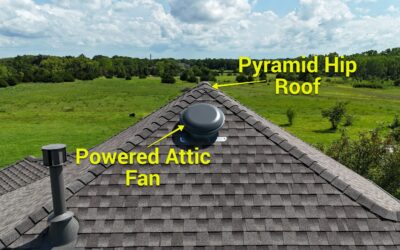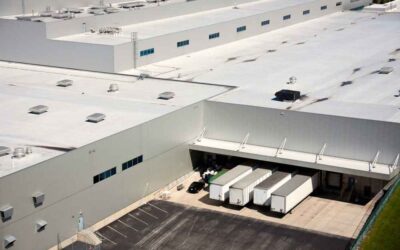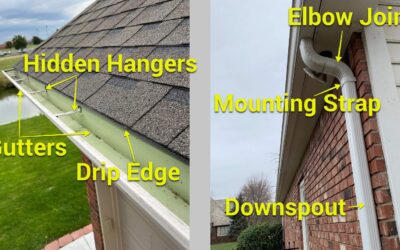If you’ve visited New York City, residents there note that they recognize tourists by how often they look up. Tourists aren’t used to seeing skyscrapers. In Kansas and the Midwest, people respond similarly when they see a clay tile roof. They’re uncommon, eye-catching, and a colorful departure from the asphalt shingles that protect most homes.
Clay tile roofs are commonly found in the Southwestern region of the United States where high temperatures, unimpeded by clouds or rain, are prevalent. In the lower Midwest, clay tile roofs are rare – rare enough that people double-take or glance a second longer when they see one on a historic or commercial property.
For homeowners, clay tile offers visual appeal and longevity. With proper maintenance, these roofs can last a century. In this guide, we’ll cover how to care for them, how they influence insurance premiums and other costs, and how they compare to standard roof systems. If you’re considering installing a clay tile roof, you’ll gain a clear sense of whether this roof material that’s both uncommon in Kansas and striking is the right fit for your home.
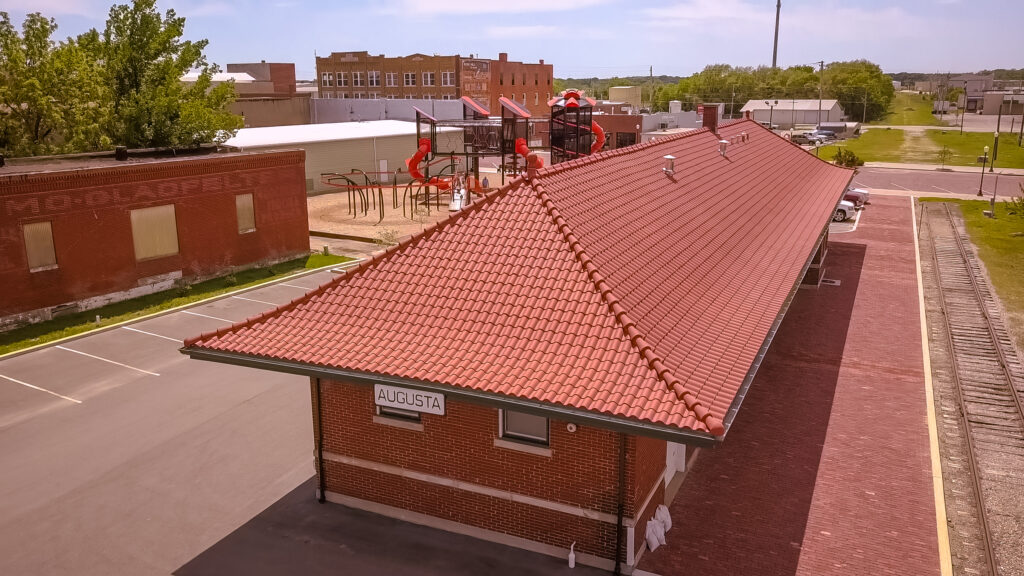
Owners of historic buildings often choose clay tile for its timeless appearance. It complements heritage architecture with an authentic appearance while requiring minimal maintenance. For restorations like this historic train depot, clay tile both preserves the building’s original aesthetic and provides more modern durability.
Why Consider a Clay Tile Roof
Clay tile roofs are an excellent choice for homeowners seeking a blend of beauty and resilience. They offer unmatched performance and visual appeal, making them ideal for various home styles and climates. But why consider a clay tile roof? Let’s dive into its unique features and how they compare to other roof materials.
| Factor | Clay Tile | Concrete Tile | Asphalt Shingles |
|---|---|---|---|
| Durability | 50–100 years; centuries in warm, dry climates. | 40–75 years; nearly as durable as clay, but more vulnerable to cracking, especially with foot traffic. | 15–25 years; shortest lifespan of the three. |
| Upfront Cost | High; among the most expensive roofing materials per square foot. | Medium-high; up to 20–30% less expensive than clay. | Low; cheapest option up front, though more frequent replacements add up.** |
| Energy Efficiency* | Excellent (W/mK = 0.840); high natural thermal density reduces attic temperature, and S-shaped or barrel tile design provides breathability. | Good (W/mK = 1.10); higher conductivity than clay but still good. High thermal density but less effective at slowing heat transfer. | Low; no thermal density, but surface temperature can exceed 160 °F on a hot summer day. |
| Structural Needs | Heavy; often requires reinforced decking and structural framing. | Heavy; similar weight loads to clay. | Light; ~4,200 pounds per 10 squares, which is less than half the weight of tile. No reinforcement needed. |
| Maintenance Frequency | Low; tile replacement is necessary only if one cracks or breaks. | Low-Medium; slightly more prone to surface cracks than clay tiles. | High; shingles lose granules and wear over time. |
| Property Value Impact | High; boosts curb appeal and resale value. | Moderate; durable and often visually appealing but lacks the prestige of clay. | Neutral; standard asphalt shingles rarely increase property value beyond the value of basic protection. |
*Note 1: λ, or W/mK, represents thermal conductivity. This is the rate at which heat can move through a material. Clay’s lower λ suggests that it is best at delaying heat entry into the attic – one of the reasons it is prevalent in sun-soaked regions, although exact values may vary depending on the product’s density and firing process.
**Note 2: An asphalt shingle roof will require two or three total replacements over the course of 60 years. A well-maintained clay or concrete tile roof is unlikely to require a single replacement in a 60-year span.
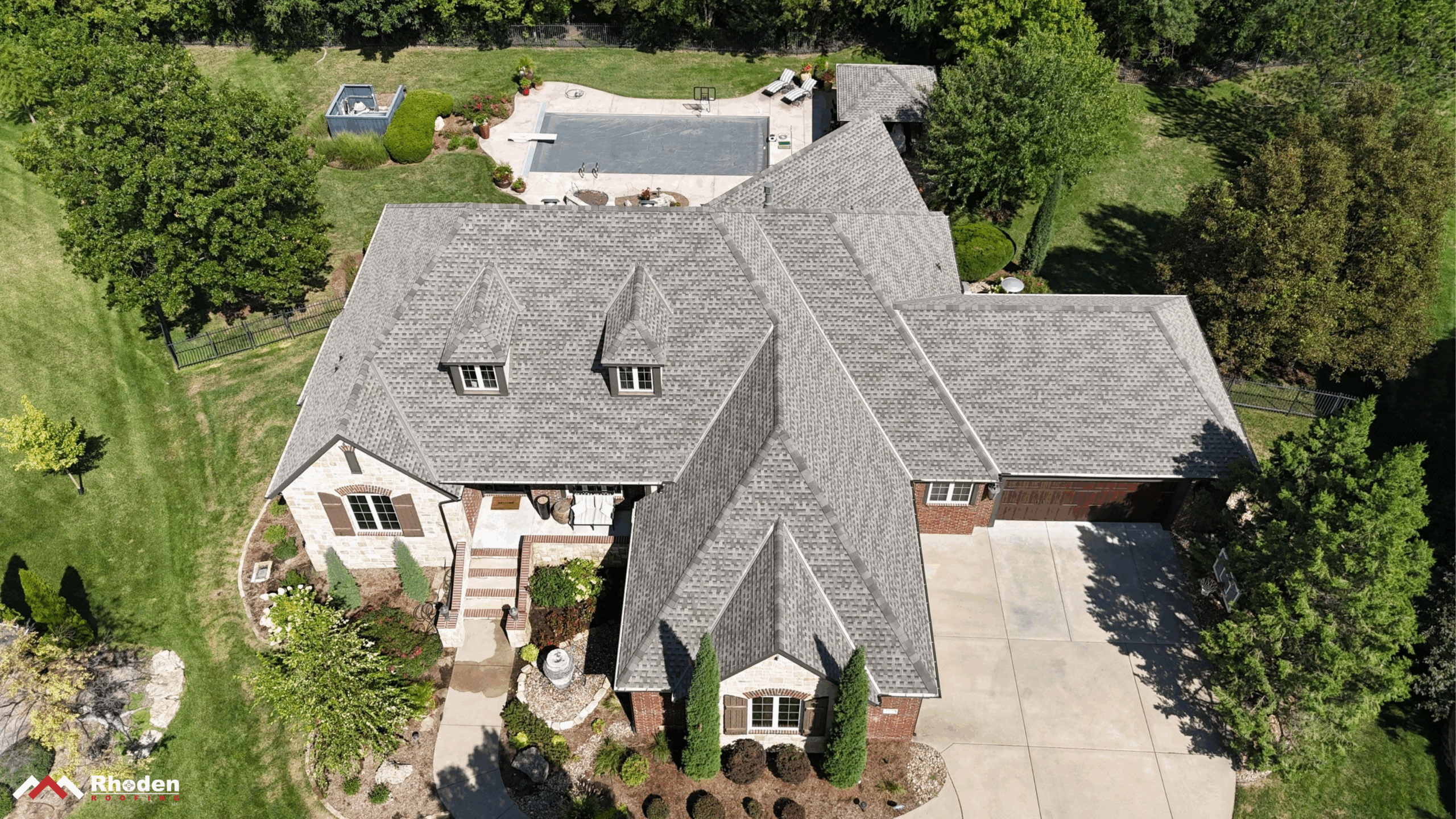
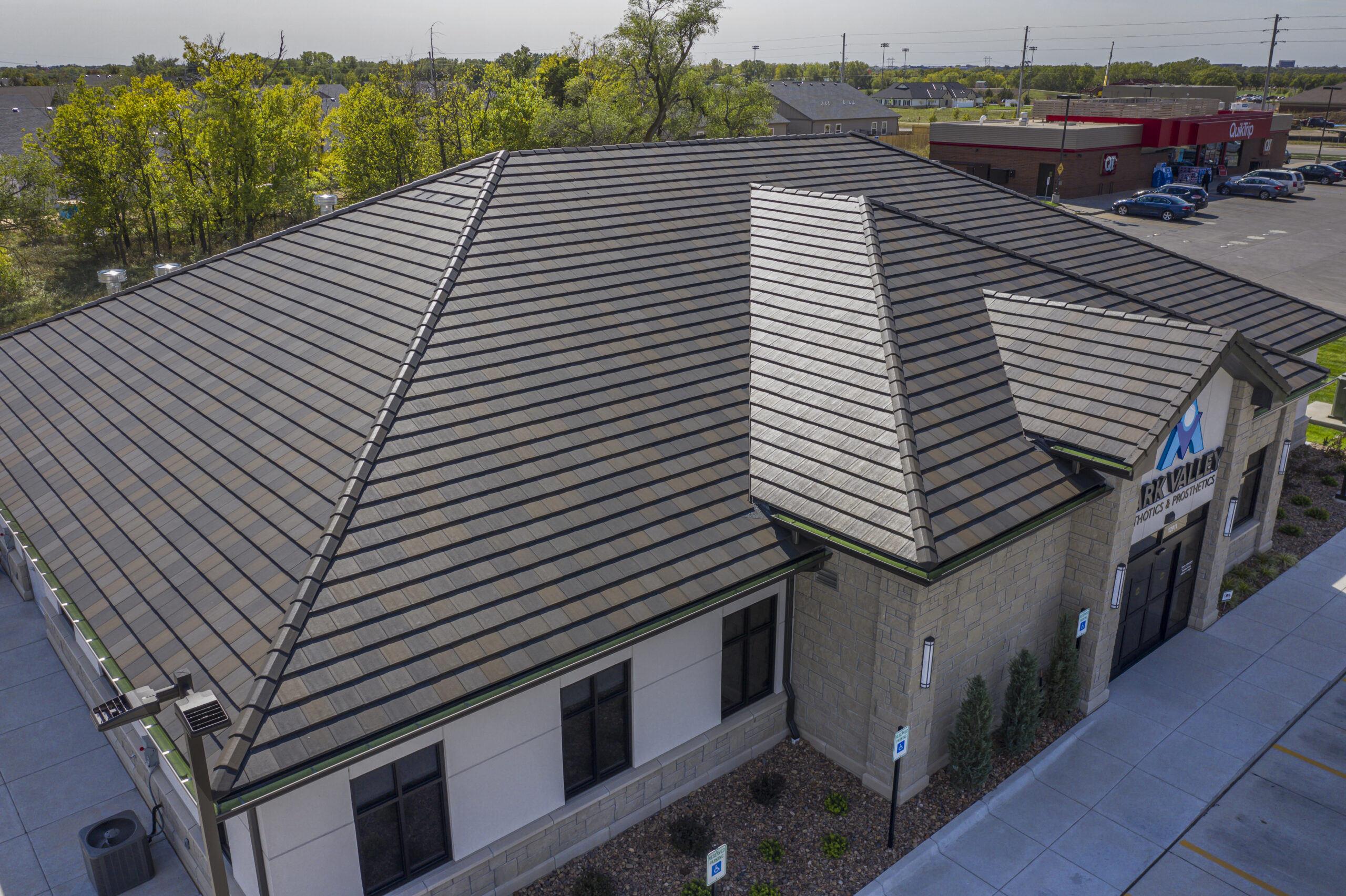
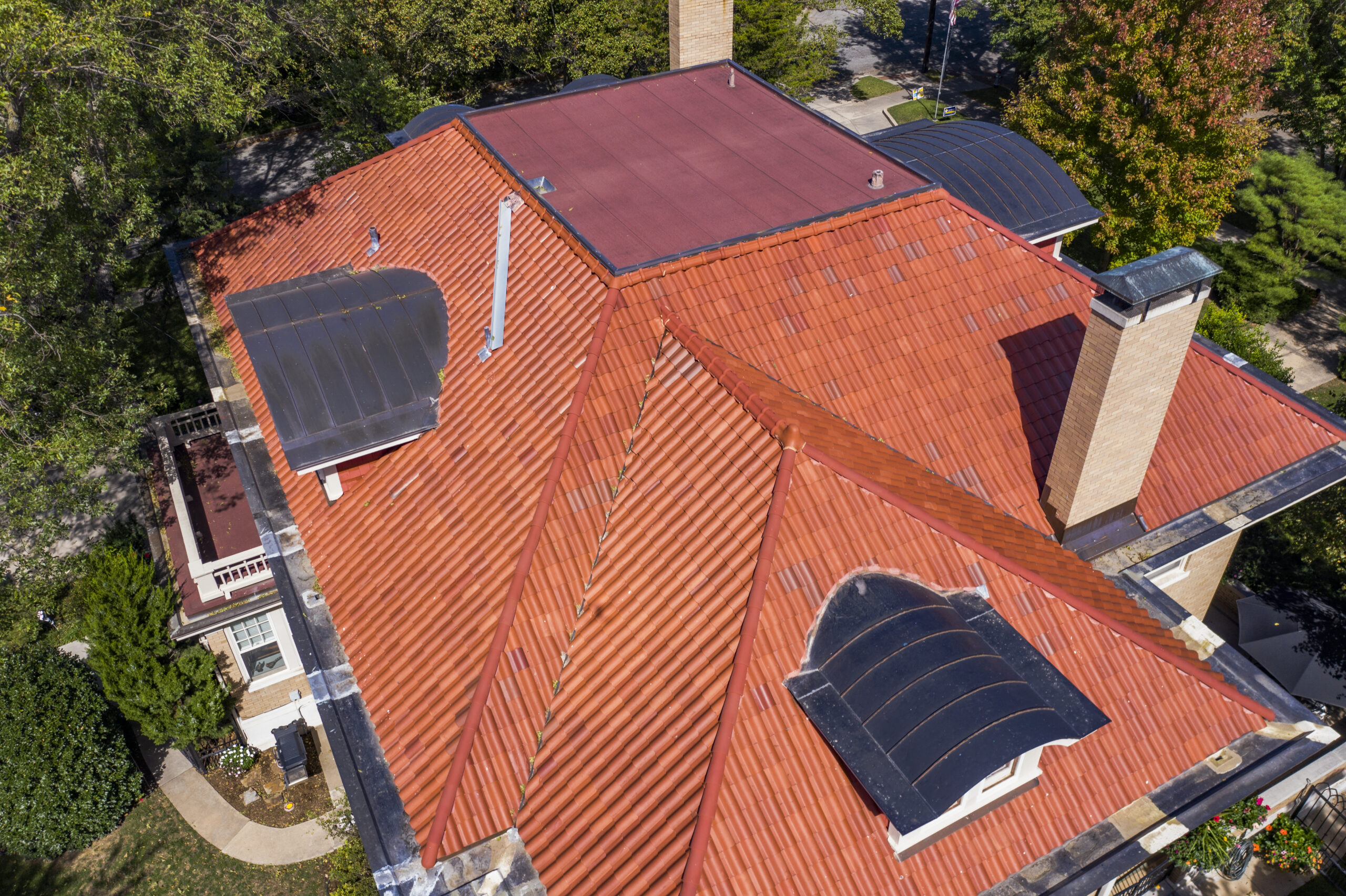
Longevity That Outlasts Other Materials
Clay tiles are built to last. Unlike asphalt shingles, which may require replacement every 15-25 years, clay tile roofs often have a lifespan of 50-100 years. This remarkable longevity makes them an investment for homeowners planning to stay in their homes long-term. The key to its durability is its kiln-fired manufacturing process.
Clay is naturally porous and soft, no different than dirt. If you’ve walked through wet clay, you’ve seen how it clumps and sticks. This is a glimpse into the binding qualities that make clay so versatile: when it’s shaped into tiles and fired in a kiln at temperatures exceeding 2,000°F, the heat vitrifies the clay particles, filling its natural pores and creating a dense, hardened surface.
Eco-Friendly and Sustainable
Clay tiles are made from natural materials, making them an environmentally friendly roofing option. They’re recyclable and require minimal processing, reducing their environmental impact compared to synthetic materials.
Consider the contrast with asphalt shingles. Asphalt is derived from bitumen, a heavy byproduct of refining oil. It’s like butter and buttermilk: butter is the product people want, buttermilk is the leftover product that has a few uses. In this case, the asphalt in asphalt shingles is the buttermilk of the petroleum industry.
Clay, by comparison, began its life long before industrial byproducts existed. Its existence as a roofing material results from a simple process: add water, mold it, fire it, and let it harden. This process doesn’t produce waste or byproducts. When a clay tile roof reaches the end of its service life, the tiles can be repurposed whole or recycled into new tiles.
Long-Lasting Visual Appeal
Clay tiles have been used to protect buildings for centuries. Ancient Rome’s terracotta roofs and the Spanish missions in the southwestern United States, both over a thousand years and miles apart, use clay tiles. Its bright color that’s naturally infused into the material is the primary aesthetic appeal of clay tiles today, but two features contribute to their aesthetic appeal: shape and texture.
- Shape: Clay tiles have myriad profiles, from barrel-shaped tiles to flat, modern cuts. This allows them to enhance different architectural styles and provide a silhouette for any property. A Spanish villa, a stucco-clad commercial property, or a modern minimalist home can equally benefit from clay tile.
- Texture: Because clay is soft and moldable before entering the kiln, textures can be applied to tiles. They range from rugged and rustic finishes (e.g., Ludowici’s “Weathered” texture) to smooth and refined (e.g., Ludowici’s “Smooth” texture). Similar to high profile hip and ridge caps on an asphalt shingle roof, these options can provide depth and allow homeowners to match their home’s character, whether it’s weathered and authentic or clean and contemporary.
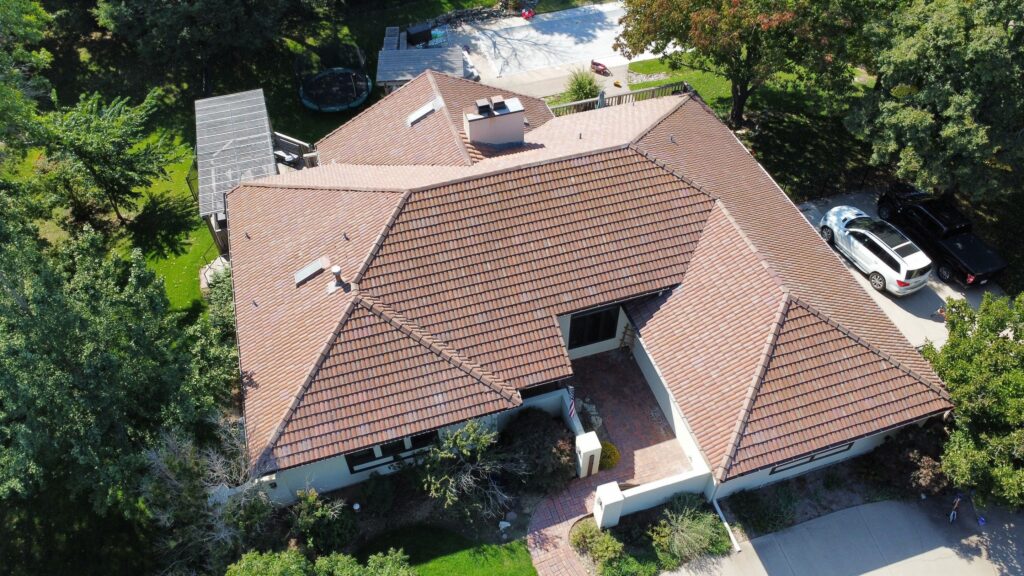
A clay tile roof that required a lift and relay 20 years after its installation. Water damming started to occur at the battens, which required a more modern elevated batten system to resolve. Underlayment was replaced and original tiles were harvested from back slopes to replace damaged tiles at the front of the house. New tiles were placed where original tiles were harvested from. Despite a few cracked tiles, the original shingles were in excellent shape.
Benefits of Clay Tile Roofs
Understanding the benefits of clay tile roofs can help you decide whether they’re the right fit for your home. Here’s why they’ve been a trusted choice for centuries.
Durability in Extreme Conditions
Clay tile roofs are incredibly durable, standing up to harsh weather conditions, including heavy rain, strong winds, and even hail. They also meet the highest fire resistance rating of Class A from UL Solutions.
The resilience of clay tile also earned it a class 4 impact-resistance rating from UL Solutions, which qualifies homes with clay tile roofs for an insurance premium discount with some insurance carriers.
For more information on what affects homeowner’s insurance premiums, read our guide outlining how roofs affect your insurance premiums.
Energy Efficiency
Clay tiles naturally insulate your home, helping regulate indoor temperatures. This can lead to reduced heating and cooling costs, making your home more energy-efficient year-round.
Asphalt shingles contain much more than asphalt. They have stone granules on top, layers of asphalt in the middle, and a fiberglass mat at the bottom.
Clay tile roofs are aptly named: they are made with molded clay that’s heated in a kiln. Clay provides exceptional thermal density, meaning it heats up slowly and cools down quickly.
Clay tiles are commonly molded into an S-shape or U shape for barrel tiles. Combined with battens, narrow wood strips installed over the underlayment, clay tiles allow for airflow without allowing water to infiltrate – one of the reasons clay tiles require a 5:12 minimum slope. Air circulation in elevated batten systems can significantly reduce roof temperatures.
Low Maintenance
With proper installation and occasional maintenance, clay tile roofs require minimal upkeep. Unlike other materials that deteriorate over time, clay tiles retain their strength and appearance for decades.
Clay tiles don’t fade in appearance as they age. Instead, they may develop a patina, a natural color change in the material that can further enhance their appearance without compromising their integrity.
All maintenance should be performed by a qualified, experienced contractor. Avoid walking on the tiles unless necessary, and only step where tiles overlap at the bottom.
Increased Property Value
A clay tile roof is seen as a long-term investment by both the homeowner installing it and potential home buyers. It’s associated with durability, energy efficiency, and curb appeal, all of which can increase the home’s value when it’s time to sell.
Some clay tile roof manufacturer warranties that extend to 75 years and can be transferred to the next homeowner, which is attractive to prospective buyers.
Key Considerations Before Installing Clay Tile
Clay tile roofs are beautiful and durable, but they aren’t the right fit for every home. Their added weight, installation demands, and higher initial cost mean they come with additional considerations. This doesn’t take away from their strengths. It just means that clay tile roofs require planning, expertise, and occasional structural adjustments. Below we walk through the most common concerns we hear from homeowners, as well as how they’re addressed in practice.
Structural Considerations
Clay tiles are heavier than other roofing materials, and your home’s structure must support the additional weight. Our team conducts thorough structural assessments and, if necessary, provides reinforcement recommendations to ensure your home is ready for a clay tile roof.
1,000 square feet (or 10 squares) of architectural asphalt shingles weigh approximately 4,200 pounds.
1,000 square feet of clay Spanish barrel tiles can weigh closer to 10,000 pounds.
Put another way, switching from asphalt to clay is like replacing a pickup truck with a fully loaded semi on your roof. Even if the ceiling doesn’t collapse, failing to properly reinforce the structure if needed can cause the framing of the house to bow under the load.
Installation Expertise
Installing a clay tile roof requires specialized skills. Our certified technicians have extensive experience with clay tile installation, ensuring precise placement and sealing techniques to maximize your roof’s performance and longevity.
Upfront Costs
Clay tile roofs often have the highest upfront cost of any sloped roof material. For more information, see our related guide on roof replacement costs. Clay tile has a few special considerations, however:
- Increased Labor Cost: Clay tiles demand careful handling. Tiles must be carefully loaded onto the roof, often with a telehandler, and then placed one by one. Due to their weight and fragility when mishandled, clay tiles can’t be bundled and carried up ladders. Installers navigate the roof carefully and with precision to avoid risking damage to any installed tiles.
- Structural Reinforcement (if needed): If a home was not originally designed for a heavy clay or concrete tile roof, it will likely require structural reinforcement to support the additional weight. Depending on your home’s condition and design, installing supports or upgrading trusses may cost between $1,000 and $10,000.
- Premium Metals: Installation quality can influence future maintenance. If standard fasteners and galvanized flashing are used, they are likely to corrode and fail before the tile itself, potentially causing a premature lift-and-relay. One metal is the exception: copper. Copper fasteners and flashing are resistant to corrosion and can rival clay tile’s service life. This raises upfront costs but decreases the likelihood of future leaks and repairs. Copper fasteners paired with copper flashing will decrease the likelihood that a clay tile roof will require a premature lift and relay, or replacement of the underlying roof materials. They will increase the installation cost but decrease 1) the likelihood of leak-related issues, and 2) future expenses.
Installation Restrictions for Clay Tile Roofs
- A minimum slope of 5:12 is recommended for clay tile roofs. Most manufacturers advise against installing clay tiles on slopes less than 5:12. Shallow pitches cause the ventilated air layer under the tiles that promotes ventilation and cooling of the roof to potentially invite pooling water, increasing the risk of leaks.
- Areas with regular freeze-thaw cycles present a risk for clay tiles. Tiles are inspected for freeze-thaw resilience, so cracking is uncommon. However, cracking may still occur as absorbed moisture expands in freezing conditions.
- Regions without a qualified contractor make the effective installation of a clay tile roof risky. They are remarkably resilient to impact forces from hail, but sensitive to improper handling and tensile forces. Handling clay tiles before, during, and after installation requires care and experience. When walking on clay tile roofs, only step on overlapping portions that are supported underneath, usually the bottom of a tile. Crab crawling up the roof may appear undignified, but its even distribution of weight can reduce the risk of causing damage.
Maintenance and Care for Clay Tile Roofs
Proper care is essential to protect your clay tile roof and maximize its lifespan. Here’s how you can keep your roof in top condition.
Regular Inspections
Schedule professional inspections at least once a year to identify and address any damage early. Look for cracked or displaced tiles, which can lead to water infiltration if not repaired promptly.
Cleaning and Debris Removal
Keep your roof free of debris like leaves and branches, as these can trap moisture and encourage mold and algae growth. Avoid using harsh chemicals or pressure washing, which can damage the tiles. We generally recommend a one percent bleach solution or a simple low-pressure wash followed by sweeping with a soft-bristled brush.
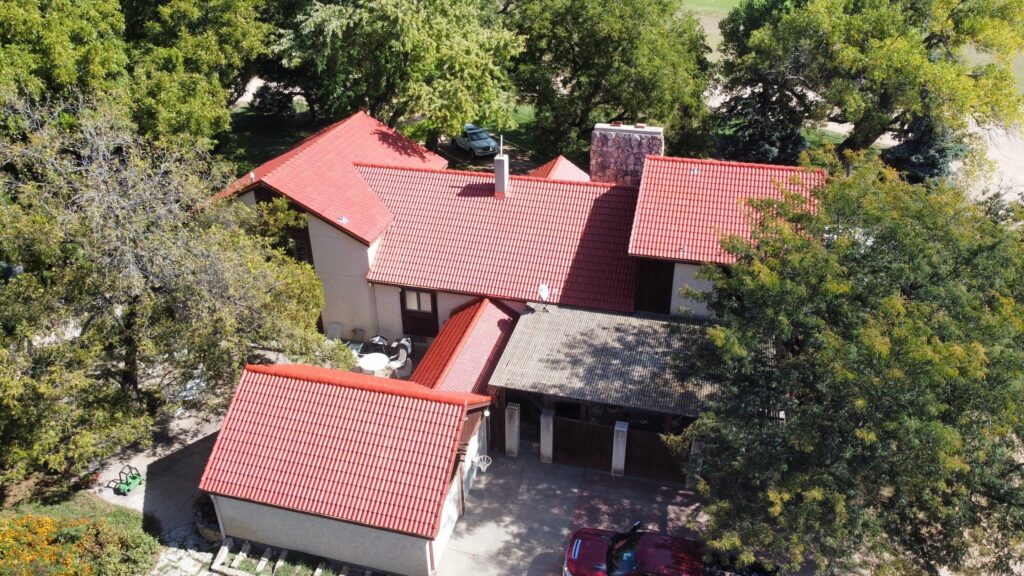
This roof was previously natural wood shake. When the wood shake’s service life was up, the homeowner switched to Brava’s synthetic clay tiles that captured the character of natural clay without the need for structural reinforcement.
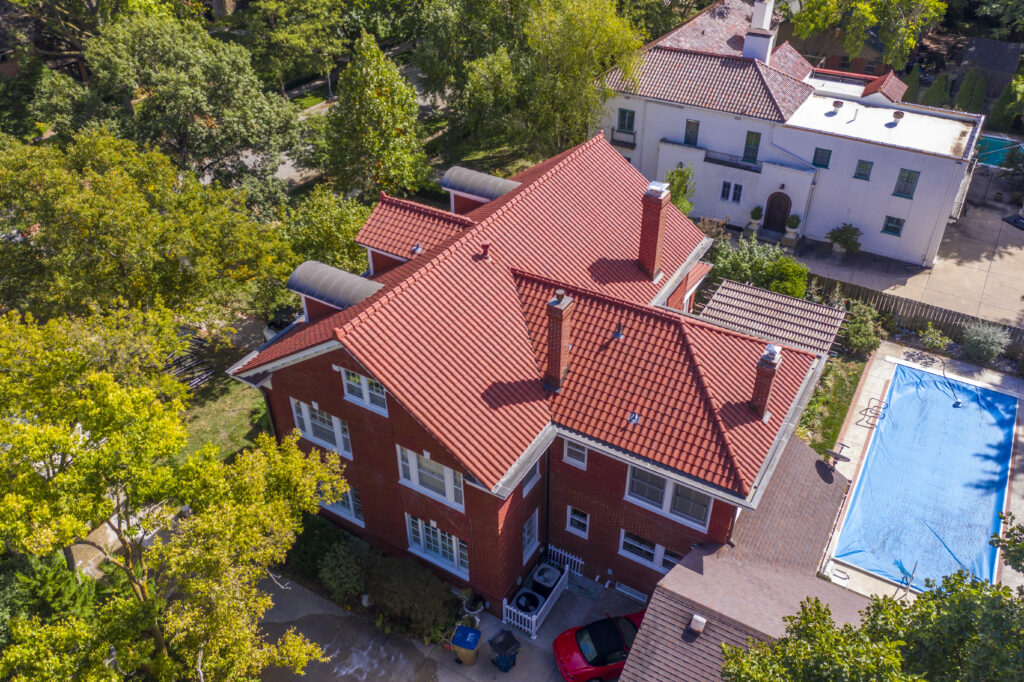
New clay tiles installed on a historic building.
Clay Tile vs. Synthetic Tile
Clay tiles are timeless; Brava’s synthetic tiles are timely. They look nearly identical from the ground, but with three key differences for homeowners.
- Reduced Weight: While material costs between clay tiles and synthetic tiles are comparable, synthetic tiles are significantly lighter. Brava’s synthetic Spanish tiles weigh approximately 281 pounds per square, while architectural asphalt shingles weigh approximately 400 pounds per square. This eliminates the need for structural reinforcement and can reduce transportation and labor costs.
- Improved Tensile Strength: The polymers that synthetic tiles are made with allow it to lightly flex and recover. This reduces the need to crab walk up a roof to evenly distribute pressure, although synthetic tiles have minimal surface friction.
- Less Maintenance: Clay tiles are liable to chip and crack over time after. Synthetic tiles flex under pressure and are not porous, meaning they are less likely to suffer freeze-thaw damage or algal growth.
Longevity and Warranties
An important similarity between clay and synthetic tile is their durability, as we discussed in this article. Both can have serviceable lifespans of 50 years. Because these materials are likely to outlast other parts of the roof system, it’s important for homeowners to consider both material and workmanship warranties.
- Material Warranties: These are offered by the manufacturer and typically cover defects in the product on the roof itself.
- Workmanship Warranties: These are offered by the contractor and cover the roof’s installation.
Ideally, homeowners use a contractor whose workmanship warranty period aligns with the product’s expected service life. Tile roofs, especially barrel or S-shaped tiles, rely heavily on quality underlayment and flashings to mitigate water intrusion. As a result, workmanship errors at those layers, or the use of low-quality fasteners or flashings, don’t always cause leaks right away. They only surface during wind-driven rain or as the underlayment ages. For clay or synthetic tile roofs, the underlayment will age much earlier than the shingles.
Before pursuing a clay tile roof, ensure that your contractor 1) offers an extended, non-prorated workmanship warranty, 2) uses high quality underlayment, fasteners, flashings – materials that will match the aging curve of 50-year tiles, and 3) is qualified to offer extended manufacturer warranties. To learn what to look for in a workmanship warranty, check out our overview here.
For more information about Brava’s synthetic shingles, we wrote an article covering Brava’s key features.

